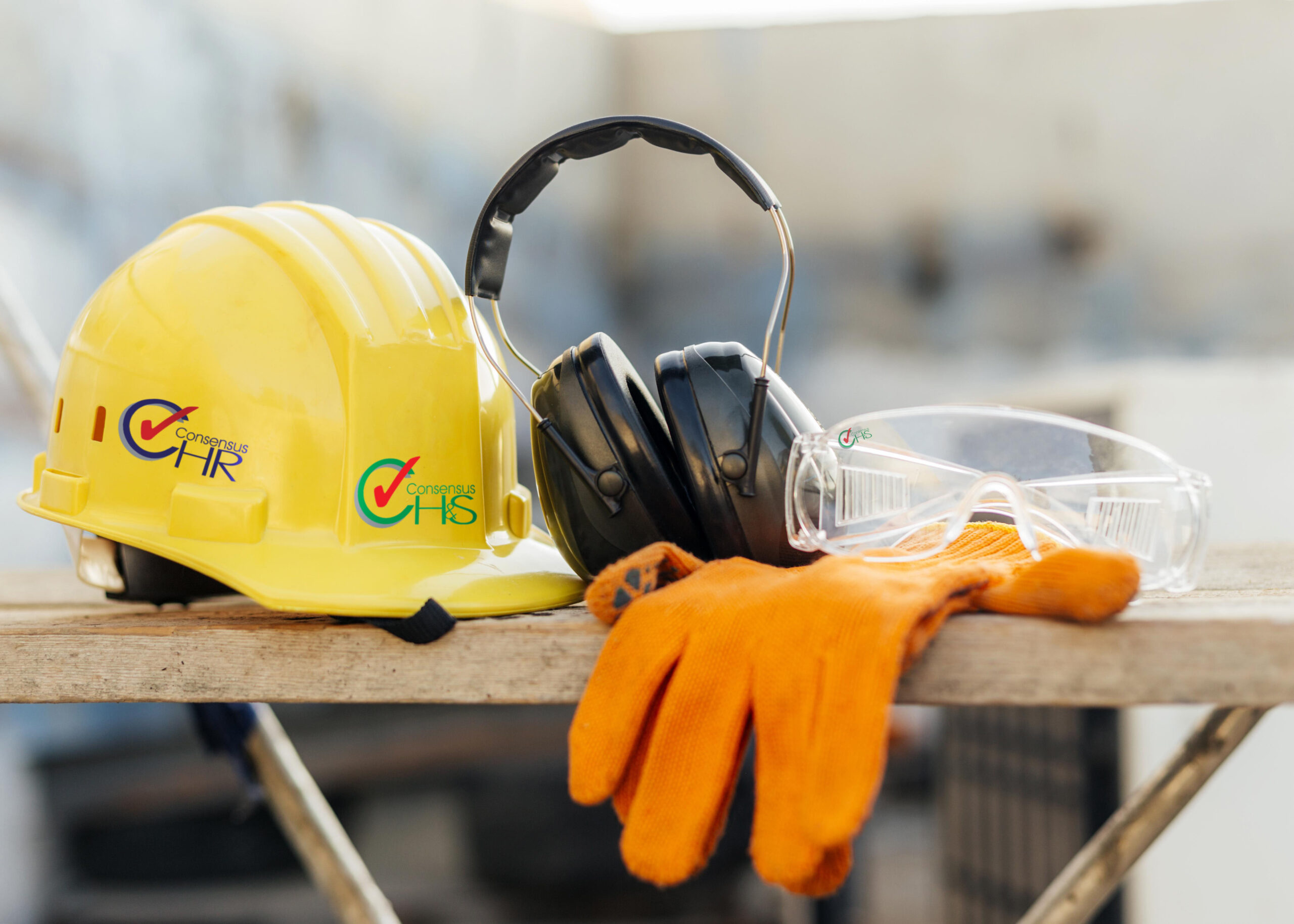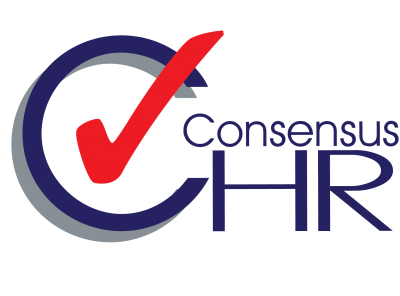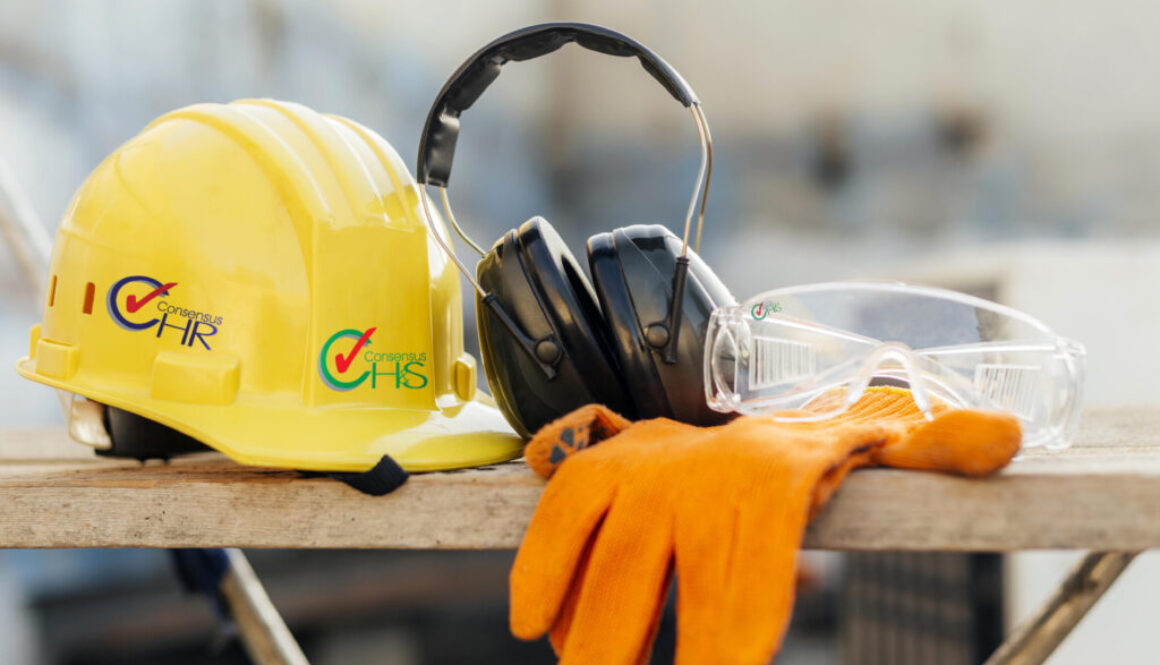Slips, Trips and Falls

Matthew Pinto-Chilcott the owner of Consensus HR comments: ” Slips, Trips and Falls have always been some of the most frequent events that happen under Health & Safety in the workplace and this week’s report from the Health & Safety Executive (HSE) demonstrates this, with two fatal accidents involving falling occurring with one resulting in the death of the employee and the other, the employee in a coma.
In both of these cases the HSE ruled under the following clauses within the Health & Safety Act 1974 and Construction (Design and Management) Regulations 2015 and the clauses that both of these incidents were referred to can be seen below:
Health & Safety at Work Act 1974:
- Section 37 – If a company commits a health and safety offence then it’s Directors or senior managers can be prosecuted for breaching section 37, if the offence was due to their consent or connivance or attributable to their neglect.
- Section 2(1) – “It shall be the duty of every employer to ensure, so far as is reasonably practicable, the health safety and welfare of all his employees.” Under this provision, it is only required that an employer has compromised this duty for a prosecution to take place.
Construction (Design and Management) Regulations 2015
Duties of a principal contractor in relation to health and safety at the construction phase
13.— (1) The principal contractor must plan, manage and monitor the construction phase and coordinate matters relating to health and safety during the construction phase to ensure that, so far as is reasonably practicable, construction work is carried out without risks to health or safety.
(2) In fulfilling the duties in paragraph (1), and in particular when—
(a)design, technical and organisational aspects are being decided in order to plan the various items or stages of work which are to take place simultaneously or in succession; and
(b)estimating the period of time required to complete the work or work stages,
the principal contractor must take into account the general principles of prevention.
(3) The principal contractor must—
(a)organise cooperation between contractors (including successive contractors on the same construction site).
(b)coordinate implementation by the contractors of applicable legal requirements for health and safety; and
(c)ensure that employers and, if necessary for the protection of workers, self-employed persons—
(i)apply the general principles of prevention in a consistent manner, and in particular when complying with the provisions of Part 4; and
(ii)where required, follow the construction phase plan.
(4) The principal contractor must ensure that—
(a)a suitable site induction is provided;
(b)the necessary steps are taken to prevent access by unauthorised persons to the construction site; and
(c)facilities that comply with the requirements of Schedule 2 are provided throughout the construction phase.
(5) The principal contractor must liaise with the principal designer for the duration of the principal designer’s appointment and share with the principal designer information relevant to the planning, management and monitoring of the pre-construction phase and the coordination of health and safety matters during the pre-construction phase.
These just two examples of where poor Health & Safety have resulted in extreme outcomes and full details of the cases can be found by clicking below”:

